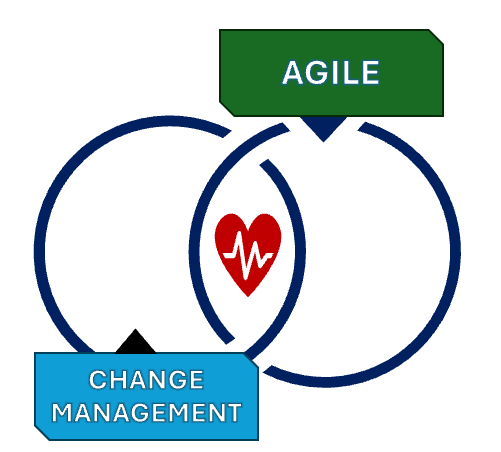By Lynn Wolf-Hill
•
July 24, 2025
A couple of years ago a friend shared an article on how a man made art using artificial intelligence and had an online store. I think his real money came from charging people to learn how to do it. She said,” You could do that!” I wasn’t really sold on the idea but did check out the app she sent my way. It was fun to play with it. I could tweak the prompts and refine how it showed up, long before I knew what a “prompt” was. It had a free trial, and then a monthly price, but as it was in beta, if I gave it a lump sum I could have it for life. And so I did… I used to create images with it every day, but I can’t remember the last time I used it. I can now do the same thing in ChatGPT if I really work hard on the prompts, super specific. I initially paid for the pro version, and now I am using the “plus” option. This allows you to use it as much as you like, and you have access to early releases of functionality. I can think of similar evolution of online tools. There was a race between My Space and Facebook. Before some of the widely used browsers like Google and Safari, there were SO MANY browsers. I like Infoseek and Peoplefinder. Their titles alluded to their differentiation from the competition. And now…? Workplaces got all policy-happy with use of internet at work, and now it’s free out-of-the-box software included with your laptop. So why pay for AI? I very often see these AI-generated advertisements letting me know that old people only use AI like they would Google, and then the ad will go on to list all the AI tools and apps you need to train yourself daily. “Wait, am I being bullied into doing homework? Initially, just as companies have self-contained large learning models, I believed if I paid for my AI, my “projects “or “agents,” were protected. I was writing The A3 Framework: Staying Ahead of the Curve by Combining Agile, AI, and Audit. Related to that activity, I was researching a great deal around international protections in place. (They changed more than once in a short timeframe. I was concerned that things I wrote and submitted could be searched for and found by anybody, making my book obsolete before it was ever published. I really really wish I had searched on the public version for contrast. I did compare different AI tools to contrast what came back. Some were better than others. And now, many organizations are asking employees to use internal AI tools to “teach” the LLM. Several people I have been coaching have provided some feedback on this. Their insight includes frustration with teaching the internal tool when they already had trained their own LLM, and the AI gave them worthless return on their prompts. There’s concern that their ideas can be “stolen,” or what they looked for can be somehow weaponized by HR. So what is your favorite AI platform? I miss my “Ask Jeeves” browser… are we going to continue paying for AI, and are we sure the very things we think need protecting ARE? A couple of years ago, a friend sent me an article about a guy who used artificial intelligence to make art and sell it online. She said, “You could do that!” I wasn’t totally sold on the idea, but I tried out the app she recommended. It was fun—tweaking the inputs and refining what showed up, even before I knew what a “prompt” was. The app had a free trial and a monthly fee, but since it was still in beta, I could pay a lump sum for lifetime access. So I did. I used to generate images every day. Now? I can’t remember the last time I opened it. These things evolve fast. I can now create similar images in ChatGPT—if I get really specific with the prompts. I’ve gone from using the “pro” version to “plus,” which gives me unlimited access and early releases of new tools. It feels like I’m always upgrading, always shifting, but never really arriving. I’ve seen this before. Remember My Space vs. Facebook? Or before Google and Safari took over—there were tons of browsers: I liked Infoseek and PeopleFinder. Their names hinted at their unique flavor. And now? Browsers are just baked into your laptop, part of the default software package. No big deal. So, why pay for AI? Lately I keep seeing ads that say only “old people” use AI like Google. Then the ad flips and starts listing the 12 AI tools I’m apparently supposed to train myself on daily. Wait—am I being bullied into doing homework? When I first started using AI tools to help write The A3 Framework: Staying Ahead of the Curve by Combining Agile, AI, and Audit, I assumed that paying for them meant my data was protected. I believed that my “projects” or “agents” were somehow mine. I was researching a lot of international privacy protocols at the time (which changed more than once during the writing process), and I was genuinely worried that drafts I submitted could be scraped and show up in someone else’s search results before my book was even published. I really wish I had searched on the public version too—just for contrast. I did compare responses across different AI tools. Some were better than others. But I didn’t expect the rapid pace of change to outpace the very protections I was researching. And now, many companies are encouraging employees to “teach” internal AI tools—to help train their organization’s LLMs. Several of the people I’ve coached have shared frustrations with this. Some of them had already spent time training their own personal LLMs to get decent results. Now they’re being asked to start over—often for worse outcomes. There’s also this quiet anxiety around ideas being harvested, someone tracing their searches, will this be used by HR in ways I didn’t agree to? The discomfort is real. We pay for AI tools hoping for privacy, productivity, maybe even a competitive edge—but are we getting that? Or are we just onboarding ourselves into systems we don’t fully understand? So what IS your favorite AI platform? I miss my Ask Jeeves browser. Maybe we’re not just paying for AI—we’re paying for a false sense of control.



